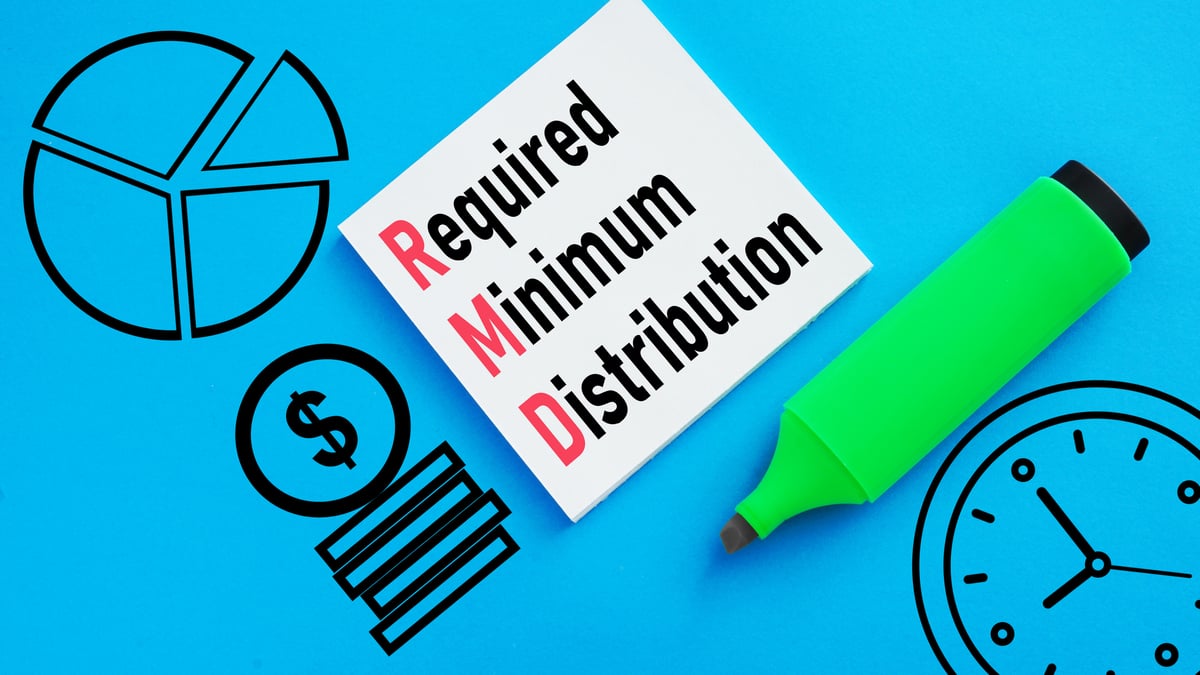Retirement is an exciting milestone that's decades in the making, but it also requires a tremendous amount of planning. Simply winging it by saving what you can and hoping for the best may or may not work out in your favor, and if you don't have enough saved to last through retirement, you could be in trouble.
Even if you do have a specific retirement number in mind and know how much you should be saving, forgetting to plan for certain expenses can wreck your retirement roadmap.

Image source: Getty Images
One of those important expenses is long-term care. Nearly a third of baby boomers said planning for long-term care costs isn't factored into their retirement savings plan because it's simply not a priority, according to a report from the Insured Retirement Institute. Additionally, 46% of boomers said they're not saving for long-term care costs because they expect Medicare to cover those expenses.
Medicare, however, typically doesn't cover long-term care. And because those costs can be significant (think tens or even hundreds of thousands of dollars), they can quickly drain your retirement fund.
How much you can expect to spend on long-term care
Nearly 70% of adults will need long-term care at some point, according to the U.S. Department of Health and Human Services, and of those who need long-term care, they need it for an average of three years.
It's not cheap, either. The average cost of a semi-private room in a nursing home is around $6,800 per month. At that rate, a three-year stay in a nursing home will cost around $245,000.
Those costs will likely be be out-of-pocket too, because Medicare doesn't cover long-term care. It will normally cover short stays in a skilled nursing facility if the care is considered medically necessary, but it doesn't cover custodial care -- or assistance with daily activities like cooking, dressing, and bathing.
Long-term care expenses can be particularly challenging because you probably won't face them until late in life when your retirement fund is already (mostly) depleted. And Social Security benefits alone probably won't foot a $6,800-per-month nursing home bill. That said, there are ways to prepare for long-term care costs before you retire so you're not caught off guard by the sticker shock.
Building long-term care into your retirement plan
One way to prepare for the sky-high costs of long-term care is to opt for long-term care insurance. When you're young and healthy, moving into a nursing home decades down the road is probably the last thing on your mind. But the earlier you enroll in an insurance plan, the lower your rates will be. If you wait until you're older and your health begins to decline, your rates will skyrocket -- and many insurers may refuse to insure you at all.
The average 55-year-old couple can expect to spend around $2,500 per year on long-term care insurance, according to the American Association for Long-Term Care Insurance. A 60-year-old couple, however, spends an average of around $3,400 per year on long-term care insurance. That's a lot of money, but considering one in five people turning 65 today will need long-term care for more than five years, a couple thousand dollars per year could save you hundreds of thousands of dollars down the road.
Another option to help cover the costs of long-term care is a health savings account (HSA). Essentially a retirement fund for healthcare costs, an HSA allows you to contribute pre-tax dollars, let them grow, and then withdraw that money tax-free -- as long as it goes toward eligible medical expenses.
There is some fine print involved in HSAs, though. For one, you're not eligible to open one unless you're insured under a high-deductible healthcare plan. That means you need a deductible of at least $1,350 for singles, or $2,700 for families. Also, if you are eligible for an HSA, there are limits to how much you can contribute. For 2019, those limits are $3,500 per year for singles or $7,000 per year for families.
For those who are eligible for an HSA, it can help significantly with healthcare costs during retirement. Say you contribute $3,500 per year to your HSA earning a 7% annual rate of return. After 20 years, you'd have nearly $145,000 saved -- which can go a long way toward long-term care costs or any other medical expenses in retirement.
When you're gearing up for retirement, you're probably spending most of your time thinking about all the fun things you'll do, not about the day you'll check into a nursing home. But long-term care is a necessary part of many seniors' retirement, so it's important to prepare for it the best you can to truly enjoy your golden years to the fullest.





